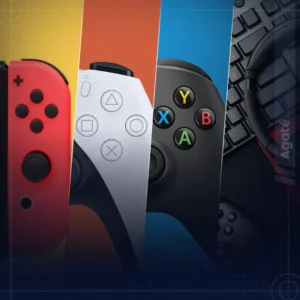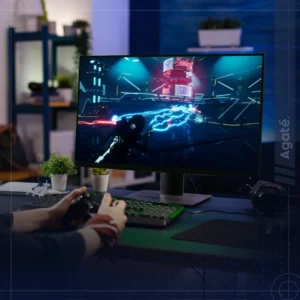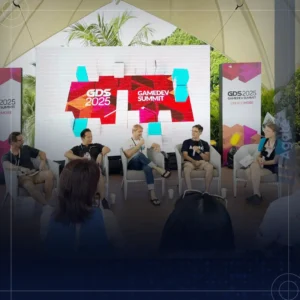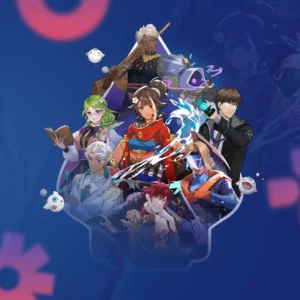At Agate, there are many specialists in the Art Department, including 2D, 3D Character, 3D Environment, Concept, Technical artists, UI, VFX Artists, and Game Animator. Each role requires a unique blend of technical know-how and creativity to produce top-notch artwork. However, two roles in the specialist focus more on technical expertise: VFX and Technical Artist. Let’s learn more about these two roles!
VFX Artist
At Agate, VFX artists play a crucial role in enhancing the visual effects of games. VFX artists specialize in creating mods for games, which add an extra layer of visual appeal to the game. In addition to this, they are responsible for describing the visuals of game elements and characters’ skills. These elements range from pyro particles, fluids, lightning, explosions, and cracks.
They’re responsible for creating VFX concept art by making rough sketches and conducting the RnD for its implementation in the game. This process includes setting up the VFX in the game engine, such as Unity or Unreal, which involves creating textures, shaders, and materials.
The ultimate goal of VFX artists in game development is to create visuals that align with the Art Direction and Game Design. By following the directions, they can present visuals that players can easily understand and enjoy, such as character skills, environment atmosphere, visual animation, and UI icon effects.
Here are the essential skills required to become a VFX artist in the game industry:
- Strong knowledge of Realtime VFX in games
- Proficiency in VFX tools used in the industry pipeline, such as Unity or Unreal game engines
- Expertise in 2D and 3D VFX
VFX artists collaborate with other departments at Agate to bring the game’s visuals to life. They work with Art Direction and Game Design to decide on the best designs, create 2D and 3D VFX, and collaborate with Technical Artists for seamless implementation.
Challenges
Various VFX Art Styles
The Game Design and Art Direction teams often face Visual Art challenges, such as producing artwork in a particular style ranging from stylized to realistic genres. To tackle these challenges, artists typically utilize software tools that align with the desired art style, making their work more efficient.
VFX Form
In certain situations, there may be a need for VFX to be distinct and exclusive from others. For instance, the VFX could be shaped like Hexagons, portals, or other uncommon shapes. To overcome these obstacles, artists usually craft an exclusive 3D shape by utilizing specialized software and designing a personalized shader to realize the required VFX shape.
VFX Optimization in Games
When creating games, they are often intended for a variety of platforms. However, the challenge lies in ensuring that the VFX remains playable while maintaining its quality. This can be achieved by modifying the Particle Set Up in VFX, such as limiting the particles’ number and reducing the mesh’s poly count. Additionally, it’s essential to consider using shaders on materials to prevent excessive particle usage. Texture Atlasing can also reduce the load on the VFX particle casting process.
Set Up Area of Effect from Magic Shield VFX
Technical Artist
In the process of game development, technical artists play a multifaceted role that encompasses various stages. Initially, they establish standards and streamlined workflows during the planning stage. They may then assist artists by creating customized tools in the asset creation and polishing stage. Additionally, technical artists may enhance graphics by utilizing shaders, lighting, and post-processing in the game engine. Finally, they must optimize the game to ensure optimal performance and a smooth playing experience.
The primary objective of technical artists is to design efficient workflows that enable artists to create high-quality assets on time. They also strive to optimize game performance to provide a seamless and enjoyable gameplay experience. Furthermore, they work towards enhancing the game’s graphical quality to make it visually appealing and engaging.
Here are the skills that are required to be Technical Artist in the game industry:
- In-depth knowledge of game engine
- Knowledge about 2D workflow and 3D art and tools that artist uses
- Artistic sense
Technical artists collaborate with other roles, such as artists, tech, and designers. This collaboration is essential to understand the specific requirements, objectives, and functioning of each role and establish effective communication channels.
Challenges
Technical artists face the challenge of keeping pace with constantly evolving technology and ever-increasing standards. They must remain updated and adapt to the latest technological advancements to meet and exceed the growing expectations for game development.
They can also address the limitations of diverse devices and platforms by implementing tiers of graphic settings that can be adjusted according to the hardware capabilities of the user. These tiers may include material and shadow quality and utilizing assets with Level of Detail (LOD) and fallback options.

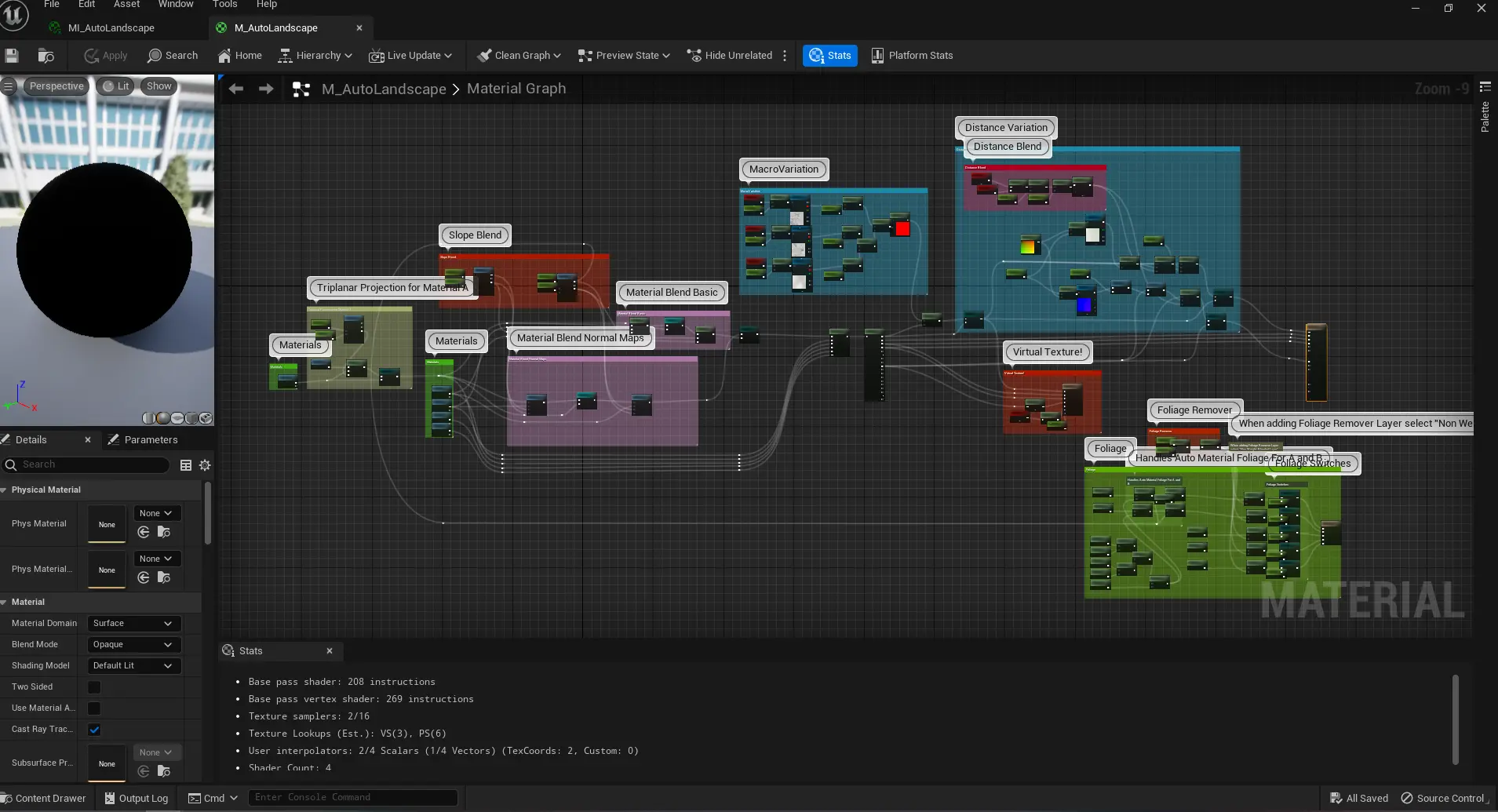

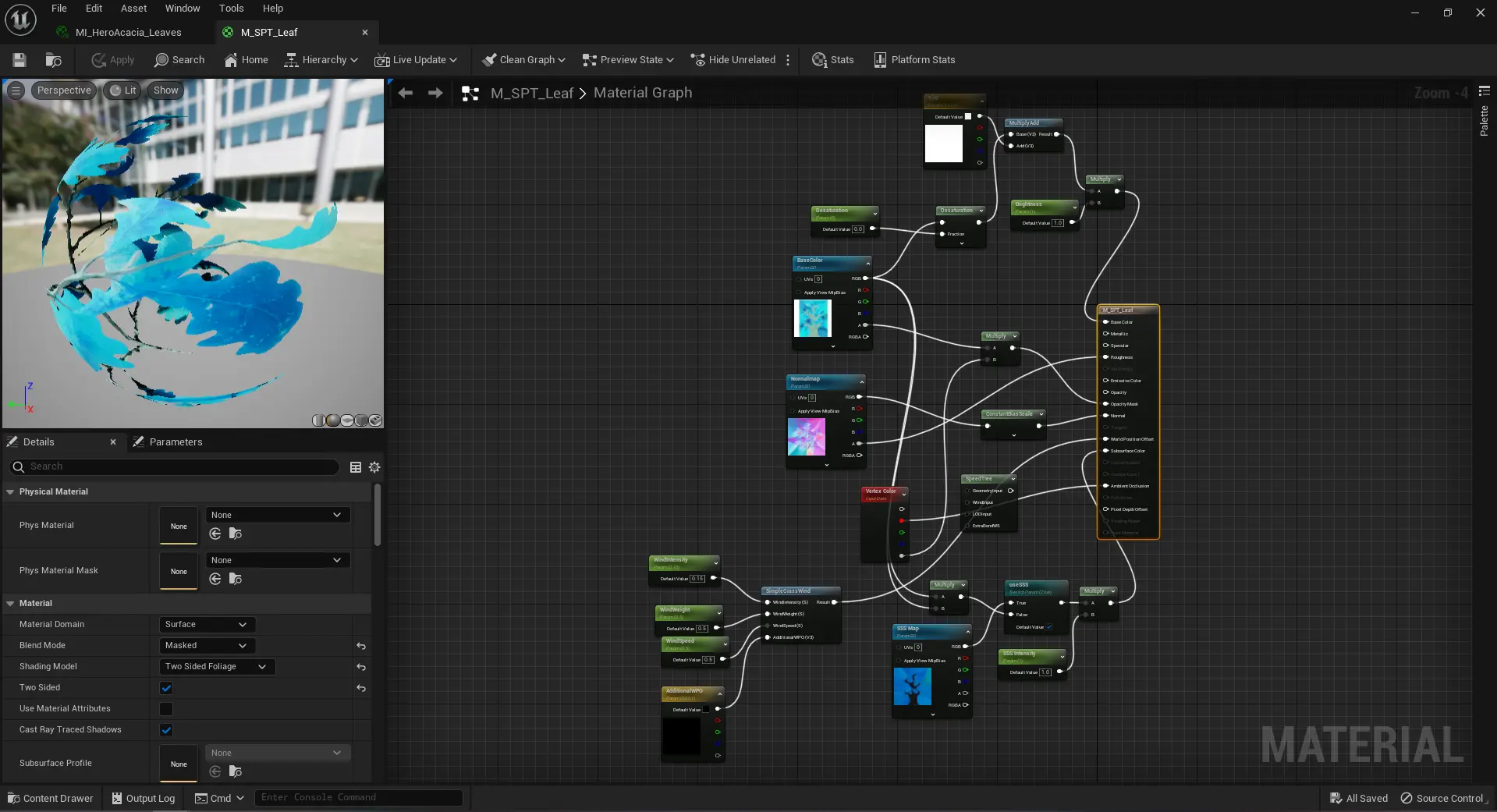
Shader Graph
Tips
Although there are numerous challenges to face and various necessary skills to acquire as a VFX and Technical artist, here are some tips to help you to be better!
A simple tip to become a good VFX Artist is first to understand the basic concepts of Realtime VFX and how they work in game development. Learning the workflow and pipeline tools used in the game industry, such as the software and tools used in game engines, is also important. To learn more, beginners can find courses and tutorials on the Realtime VFX forum. To become a VFX Artist, one must be willing to experiment and try new things when setting up VFX. Sharing previews of VFX creations on platforms like ArtStation, LinkedIn, or Behance can serve as an initial portfolio.
To become a better technical artist, having an open mind and a willingness to learn is important. The technology and tools used in game development are constantly evolving, so staying updated and adapting to new changes is important. Developing a practical mindset can also be helpful, as it allows you to find the most effective ways to solve problems.
Interested in being a part of our crews? Check out the vacancy list below!

